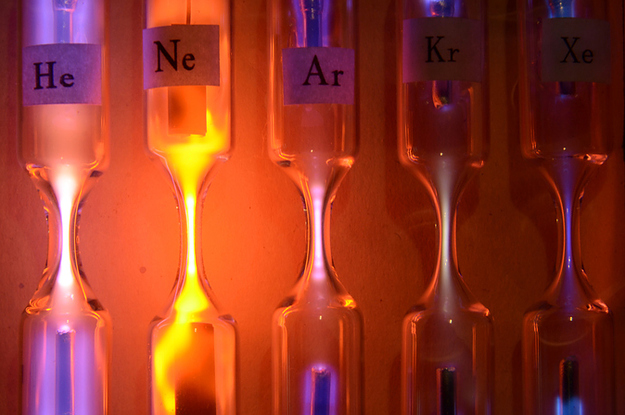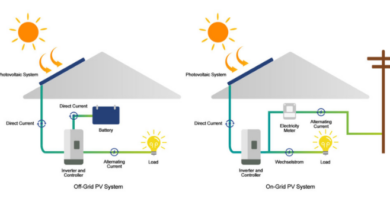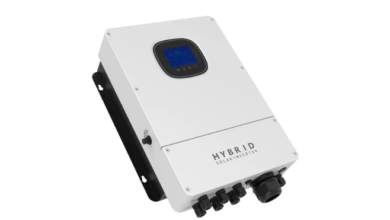
Chemistry is a significant part of our everyday life. We start the day with chemistry and end with the same. We can find chemistry in almost everything we see, touch, or do. Your approach towards chemistry can decide how interesting the subject can become.
It’s not just about getting excellent grades and getting it done. It is an interesting aspect of our life. So, put your smart glasses on to start the journey of learning new concepts every day with us. Today we are here to learn about different applications of inert gases. But before we directly jump onto the applications, let us brush up on our knowledge of inert gases.
Let’s get started with the definition and Applications of Inert Gases.
What is an Inert Gas?
An inert gas is a type of gas that is generally non-reactive with other substances. The word ‘inert’ means non-reactive. When the atoms of the gases don’t combine with other atoms in a chemical reaction, they are determined as being chemically inert gases. The undesirable chemical reactions are often oxidation and hydrolysis, reactions containing oxygen and moisture in the air.
Let’s take a real-life situation to make you understand this concept more easily. Imagine you have been to a party, but you aren’t feeling your best. You don’t feel like interacting or socialising, for that matter. In such a situation, we can term you as inert because you are not mixing up with others present at the party. Inert gases tend to do the same when combined with other atoms.
When we say inert gases, it is primarily the six primary ones we refer to, also called noble gases. Noble gases are also termed rare gases. The most common inert gases are as follows:
- Helium (He)
- Argon (Ar)
- Neon (Ne)
- Krypton (Kr)
- Xenon (Xe)
- Radon (Rn)
Out of these six gases, Radon is radioactive. The rest of the gases hold a maximum number of electrons in their outermost shell and are the most stable elements of the periodic table. As they are already stable, they rarely react with the other elements.
Inert Gases Vs. Noble Gases
Inert gases and Noble gases may seem quite familiar, but they do have differences between them. Below is a table explaining the same.
| Inert Gases | Noble Gases |
| These are compounds that do not undergo chemical reactions | These are chemical elements in group 18 of the periodic table |
| Chemically non-reactive | Usually non-reactive, but may react under extreme conditions |
| Composed of atoms and molecules | Composed only for atoms |
| Includes all noble gases and some other inert gaseous compounds | Includes elements in group 18 of the periodic table |
Chemical Properties of the Inert Gases
There are various chemical properties of inert gases, a few of which are mentioned below:
- Inert gases are known to be odourless and colourless.
- It is a non-flammable and monatomic gas that has lower chemical reactivity.
- All the inert gases are insoluble in water.
- Very low electronegativities
- These gases are required as they conduct electricity and fluorescence to maintain a constant and safe environment.
- Complete outer electron pr valence shell (Oxidation number =0)
- Fairly non-reactive
- High ionisation energies
Now that our concepts are clean on inert gases, it’s time to jump on its applications.
Applications of Inert Gases
Due to the non-reactive properties of inert gases, they tend to prevent unwanted chemical reactions. Therefore, some of its applications are:
- Storage of food
Some foods are packed in an inert gas to eliminate oxygen gas. It prevents chemical oxidation by oxygen present in the normal air and helps bacteria from growing.
- Preservation of Historical Documents
Historical documents are also known to be stored with the help of inert gas to avoid degradation. For example, the original and official documents of the U.S Constitution are stored under humidified argon. However, helium was used previously, but it proved to be less suitable as it diffused out of the case faster than argon.
- Welding
Inert gases are generally used to shield the tungsten from contamination. It is also used in GMAW (Gas Metal Arc Welding) for welding non-ferrous metals. Some gases that are not usually considered inert gases but behave like them in all the circumstances are likely to be used as a substitute for an inert gas while welding.
Inert Gases and their Uses
The table below will help you better understand the uses of inert gases in our day-to-day lives.
| Inert Gases | Uses |
| Helium (He) |
|
| Argon (Ar) |
|
| Neon (Ne) |
|
| Krypton (Kr) |
|
| Xenon (Xe) |
|
| Radon (Rn) |
|
Final Thoughts
Inert gases have specific characteristics and are often used for the industrial process, such as for laser equipment, lighting and welding, diving gear, and much more. Most of these inert gases are found in low concentrations in ambient air. The sole purpose of inert gas generally is to avoid unwanted chemical reactions that might degrade a sample. Due to having the maximum valence electrons; the firm stability, they rarely react with other elements.






